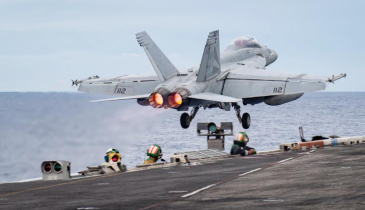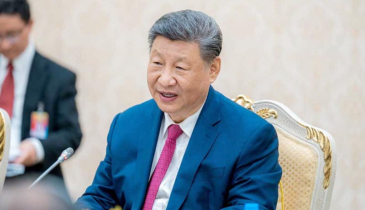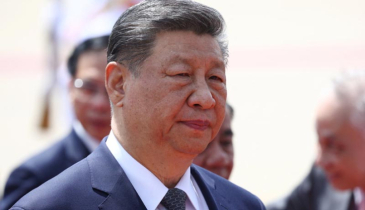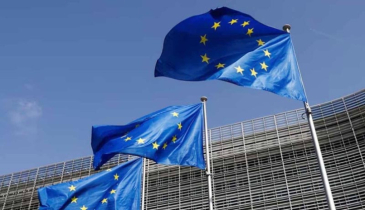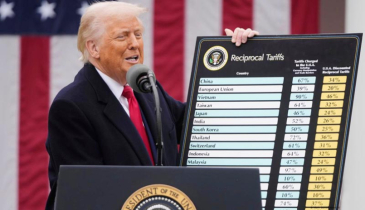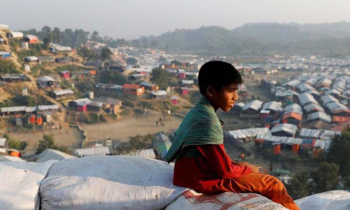Myanmar overtakes Afghanistan as world's biggest opium producer
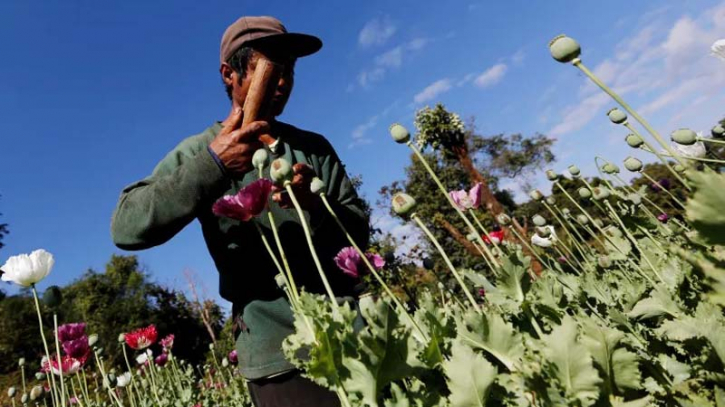
Myanmar has emerged as the new global leader in opium production, surpassing Afghanistan, according to a recent UN report.
The report indicates a substantial surge in opium production in Myanmar, projecting a 36% increase to reach 1,080 tonnes this year. Opium serves as a primary ingredient for the production of heroin, and this spike in production reflects significant changes in the global landscape of drug manufacturing.
Several key factors have contributed to this shift, including internal unrest within Myanmar and a drastic 95% reduction in poppy cultivation in Afghanistan following the Taliban's ban on drug production last year. As a result, Afghanistan's opium production for this year is estimated at 330 tonnes, considerably lower than Myanmar's output.
The United Nations Office for Drugs and Crime (UNODC) report emphasizes how Myanmar's economy has been adversely affected by ongoing conflicts and instability since the military coup in 2021. Factors such as limited access to legitimate economic opportunities, restricted market access, insufficient state infrastructure, and economic hardships due to inflation and currency depreciation have collectively influenced farmers' decisions.
The report highlights that these circumstances have made cultivating opium, along with other illicit goods, an appealing alternative for sustaining livelihoods in Myanmar. Specifically, towards the end of 2022, farmers increasingly opted to expand poppy cultivation due to these pressing economic challenges.
The document forecasts a significant 18% rise in the area dedicated to poppy cultivation in Myanmar for 2023, estimating it to cover 47,000 hectares (approximately 116,140 acres), compared to the previous year.
Traditionally recognized as a major hub for opium and heroin production, the region where Myanmar, Thailand, and Laos intersect - known as the Golden Triangle - has historically played a pivotal role in the global narcotics trade.
Both Myanmar and Afghanistan remain primary sources of heroin distributed worldwide, underscoring the crucial role these countries play in the global narcotics market.
.png)


